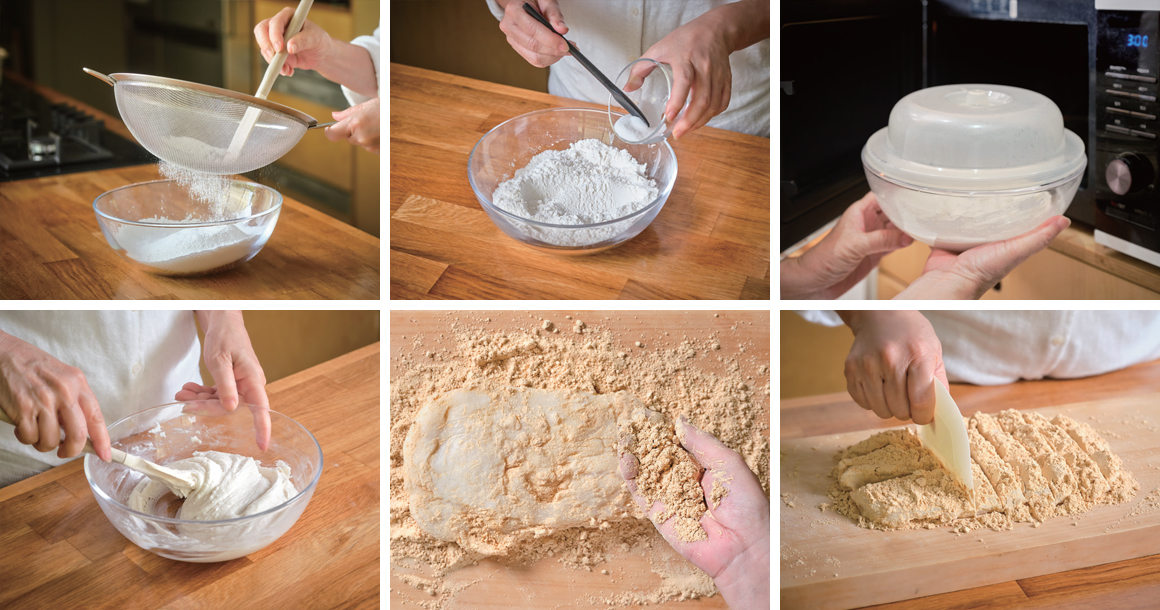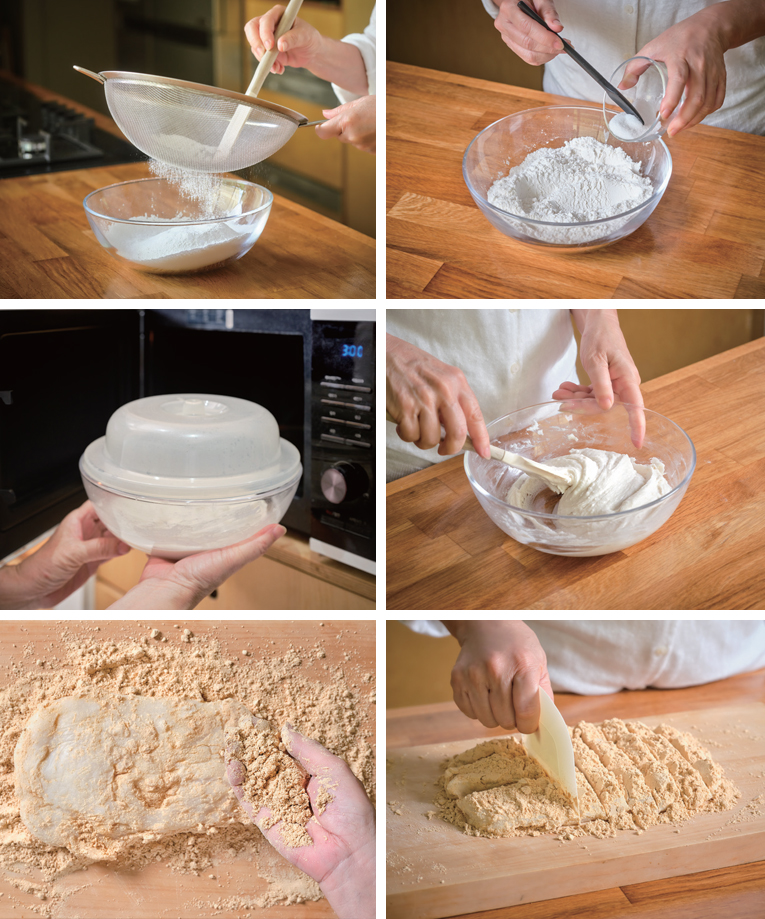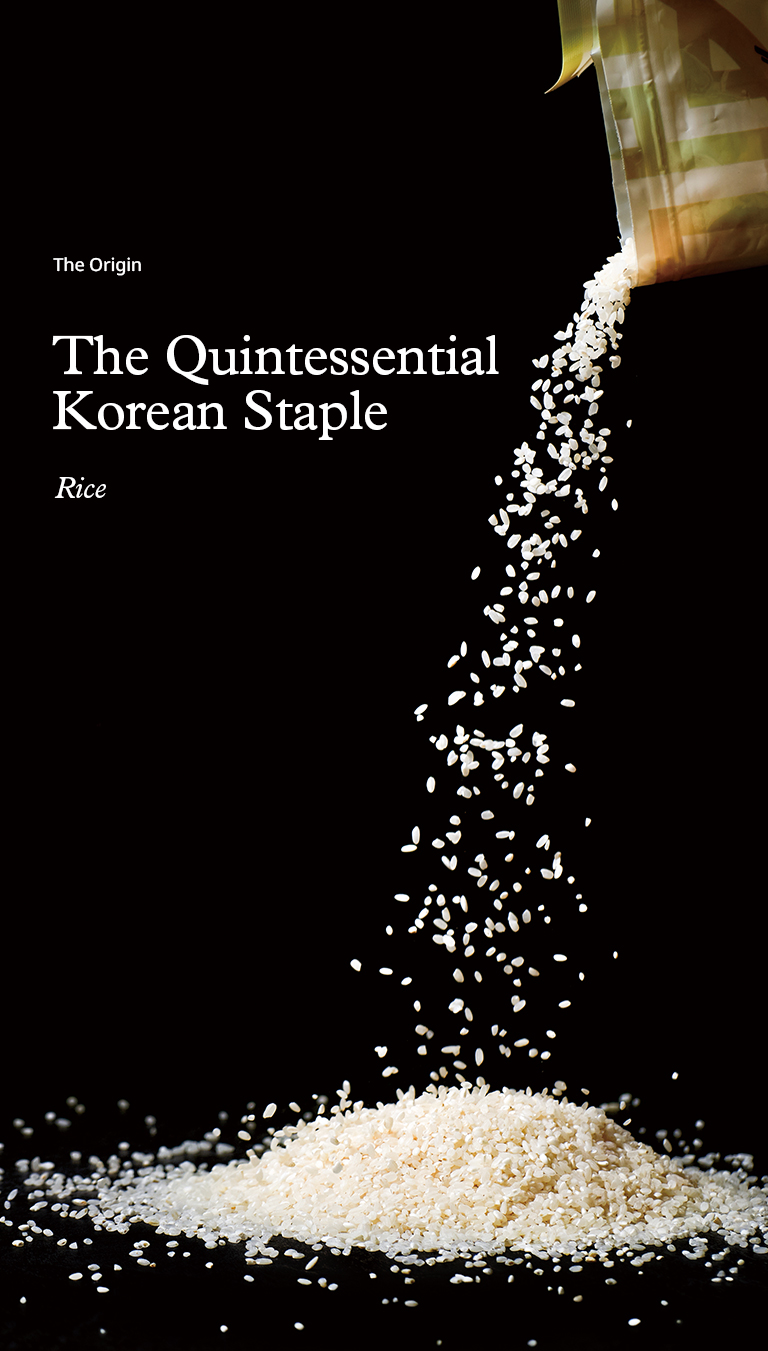
Korean noodle, meat and fish dishes enjoy enormous popularity. But the country’s history and culture as we know it would be unrecognizable without rice. Even today, many Koreans eat steamed rice at every meal. It’s time to discover the secrets behind the popularity of Korean rice.
Writer. Tim Alper
With about 70 percent of its land covered by mountains, Korea is not an easy place to grow staple crops. This is not a part of the world where farmers can grow corn or wheat with ease, for instance. But rice is another matter.
While rice-growing is a famously laborious process, Korean agriculturalists have—over time—learned how to use the nation’s unique climate in harmony with their own efforts to produce the country’s most popular food.
On average, Korean adults now consume between 55 and 65 kilograms of rice per year. In 2024, Korean farmers produced about 3.6 million tons of rice. But how did this grain become so popular?
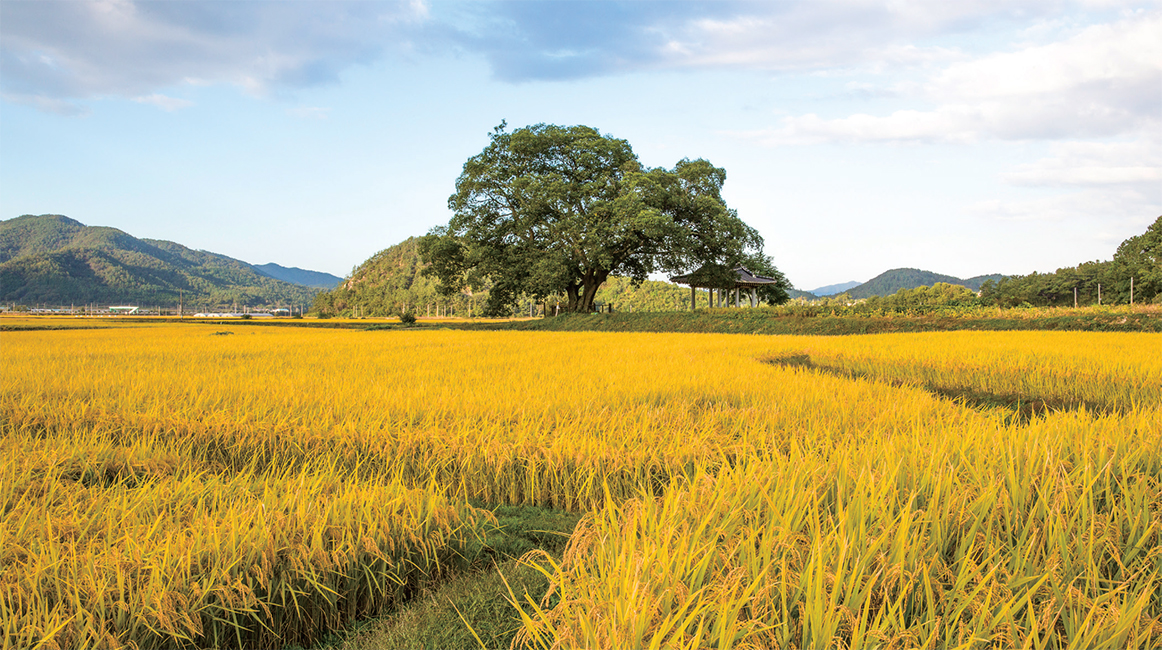 © TongRo Images Inc.
© TongRo Images Inc.
Nobody quite knows for sure when rice was first cultivated in Korea. Historians think that rice cultivation began in the north of the Korean Peninsula, but eventually spread southward, where farmers in the well-irrigated Gyeongsang-do and Jeolla-do provinces developed an acumen for cultivating the crop.
During the Three Kingdoms Period (57 BCE–668 CE), rice production in the kingdoms of Baekje and Silla accelerated. By the subsequent Unified Silla Period (676–935 CE), rice had become the most important among the basket of staple grains most Koreans ate.
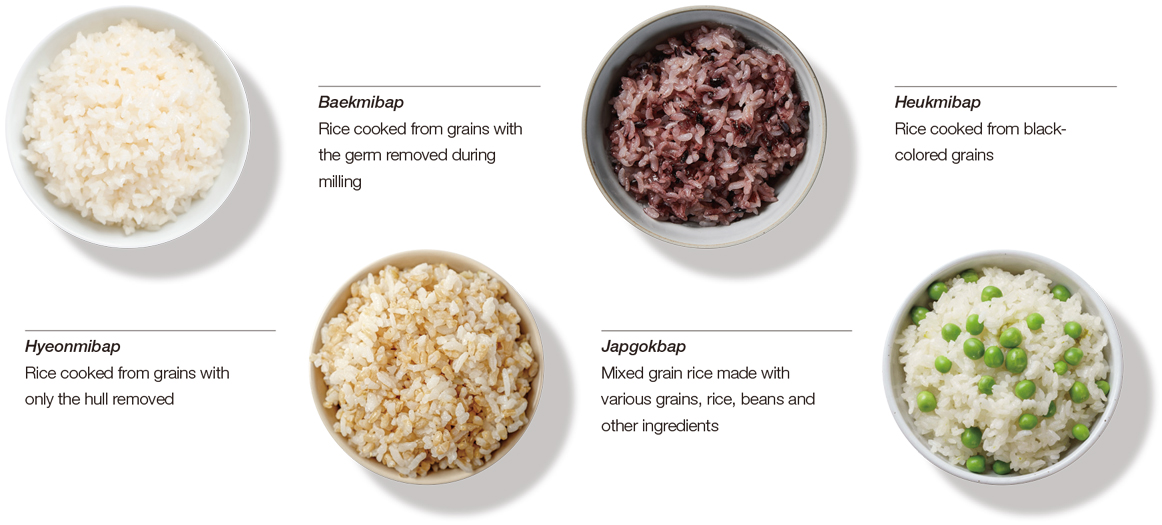
arming communities began to create official terminology for rice-related items. The crop soon became subject to taxation. Rice’s incredibly long shelf life meant it could be stockpiled in granaries, and used as a currency in trade. Indeed, the Korean practice of barter deals involving sacks of rice persisted until the 20th century.
Just as the vast majority of modern Korean households have an electric rice cooker, which produces steamed rice, ancient Koreans also used steaming technology to cook their rice.
Archaeologists have found scores of ancient steaming vessels made from unglazed clay or earthenware. These were often used to steam rice and other grains. But they were also used to make a form of what is now known as tteok, rice cakes made from pounded regular rice or sticky rice.
A mural found in North Korea depicts rice being cooked in a steaming vessel. The mural dates back to 357 CE, and appears to suggest that nobles during the Three Kingdoms Period regularly ate steamed rice.
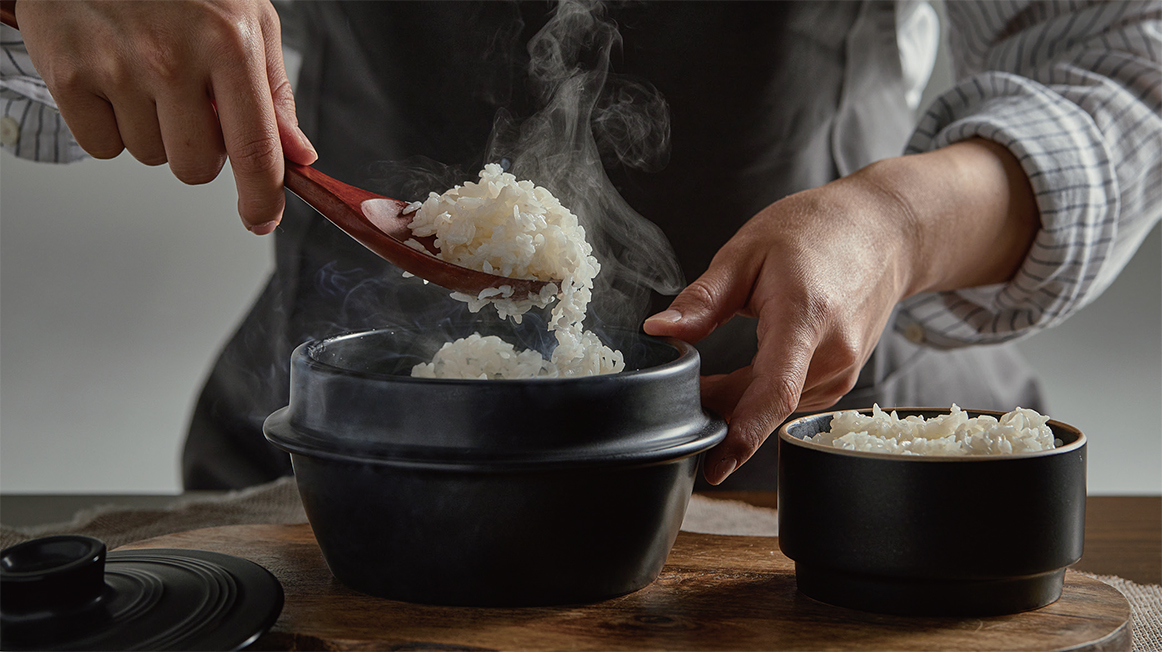 © Gettyimages Korea.
© Gettyimages Korea.
When most people (including Koreans) think of rice-based Korean preparations, they usually picture a bowl of plain white rice. But early Korean rice consumers ate a very different preparation: a blend of mixed, whole grains that included rice, as well as barley, millet and sorghum.
The process of producing white rice involves milling the whole grain (or brown rice), which separates rice bran from the grain, effectively “polishing” it to become white rice. The grains must then be sieved and graded to remove broken hull pieces. This time-consuming process was far too arduous and expensive for ordinary folk to undertake in the pre-industrial age.
As such, the white rice now served ubiquitously across Korea was once a rare delicacy, reserved almost exclusively for the nobility and royal feasts. Historical records show that rice quickly developed into an important part of the Korean economy.
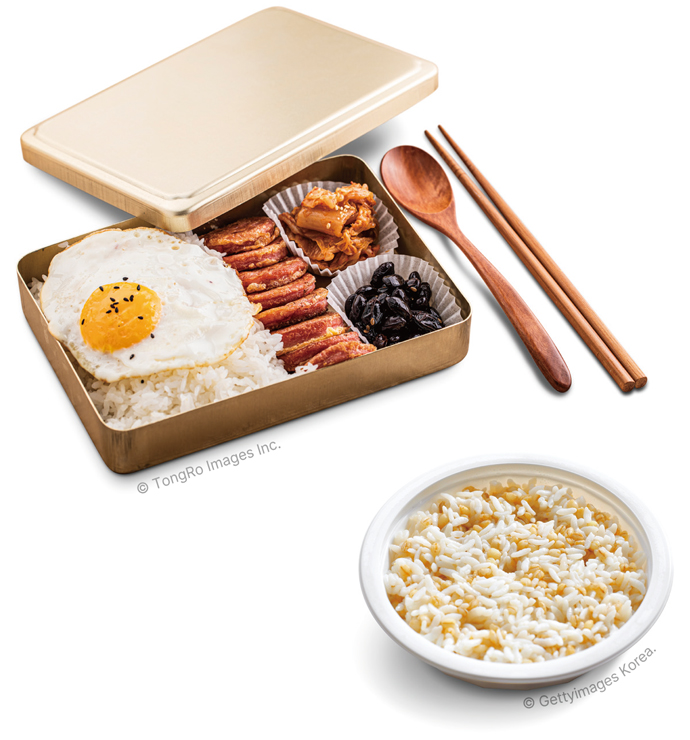 Previously, people cooked rice for lunch boxes, but now Korea has microwaveable products that produce fresh rice quickly.
Previously, people cooked rice for lunch boxes, but now Korea has microwaveable products that produce fresh rice quickly.
Korea industrialized quickly in the 20th century. And so did rice production. Now, in 2025, modern technology has streamlined rice production and processing techniques. Consumers can now buy inexpensive, pre-steamed, microwavable white rice in convenience stores and supermarkets everywhere they go.
These preparations have started to gain enormous popularity overseas. This is particularly true in countries where rice cookers are not as ubiquitous as is the case in Korea. And to cater to the needs of health-conscious individuals keen to boost their fiber intake, many newer preparations include brown rice, beans and other high-fiber grains.
Korean cooks have also developed a vast range of alternative ways to use rice in the kitchen. Like most other grains, rice can be boiled until its starches break down. As its starch granules swell in hot water, the mixture thickens into a gruel-like preparation called juk (porridge).
Juk is incredibly easy to eat and digest. As such, many Koreans feel the urge to eat juk when they are ill. Even today, juk restaurants tend to be easy to find near Korean hospitals and health clinics.
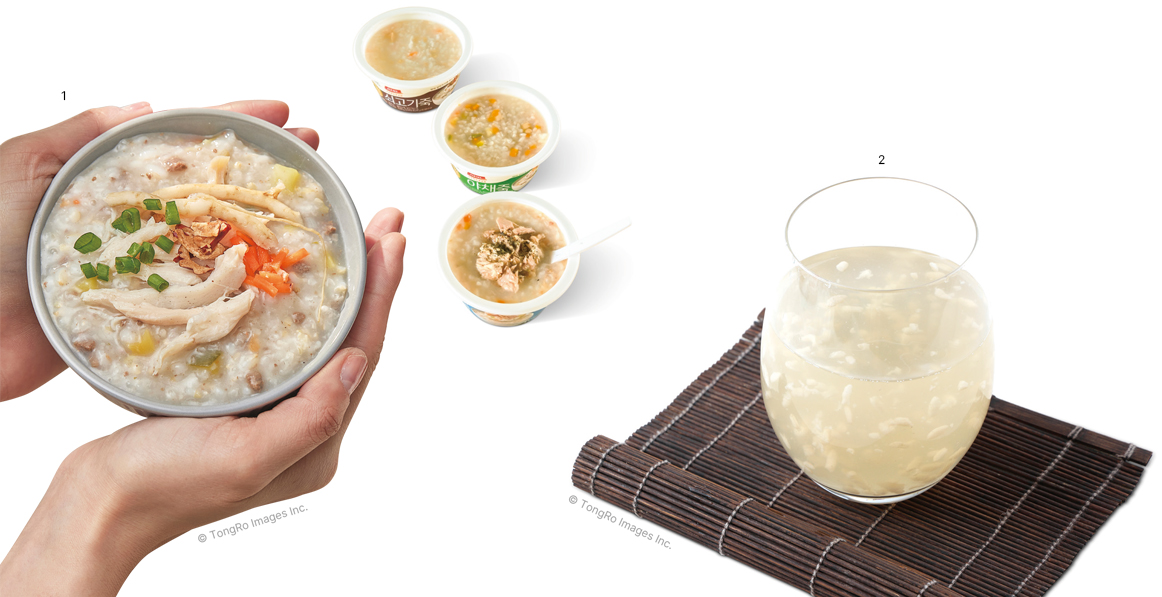 1. Juk made from rice is now available as ready-made products for easy consumption.
1. Juk made from rice is now available as ready-made products for easy consumption.
2. Sikhye (sweet rice punch), a beverage made from rice
Rice is also used to make the refreshing dessert drink sikhye (sweet rice punch), a brew of sugar-sweetened fermented rice and barley. It can also be fermented into makgeolli (unrefined rice wine), a milky white alcoholic beverage that has been playfully nicknamed “drunken rice” in English.
In recent years, producers have experimented with traditional makgeolli recipes, adding fruit flavors like banana, peach and pear. These varieties have proven to be a hit in both the domestic and international markets. Modern science is helping Koreans to use rice to create a wider variety of products—including rice-based ice cream, pasta, vegan protein powder and yogurt.
Even in the digital age, when global delicacies, wheat, potatoes and other staples are now abundant, rice is still king of the Korean kitchen. Whatever you eat in Korea, dinner always seems to taste better when it’s accompanied by a piping hot bowl of steamed rice.
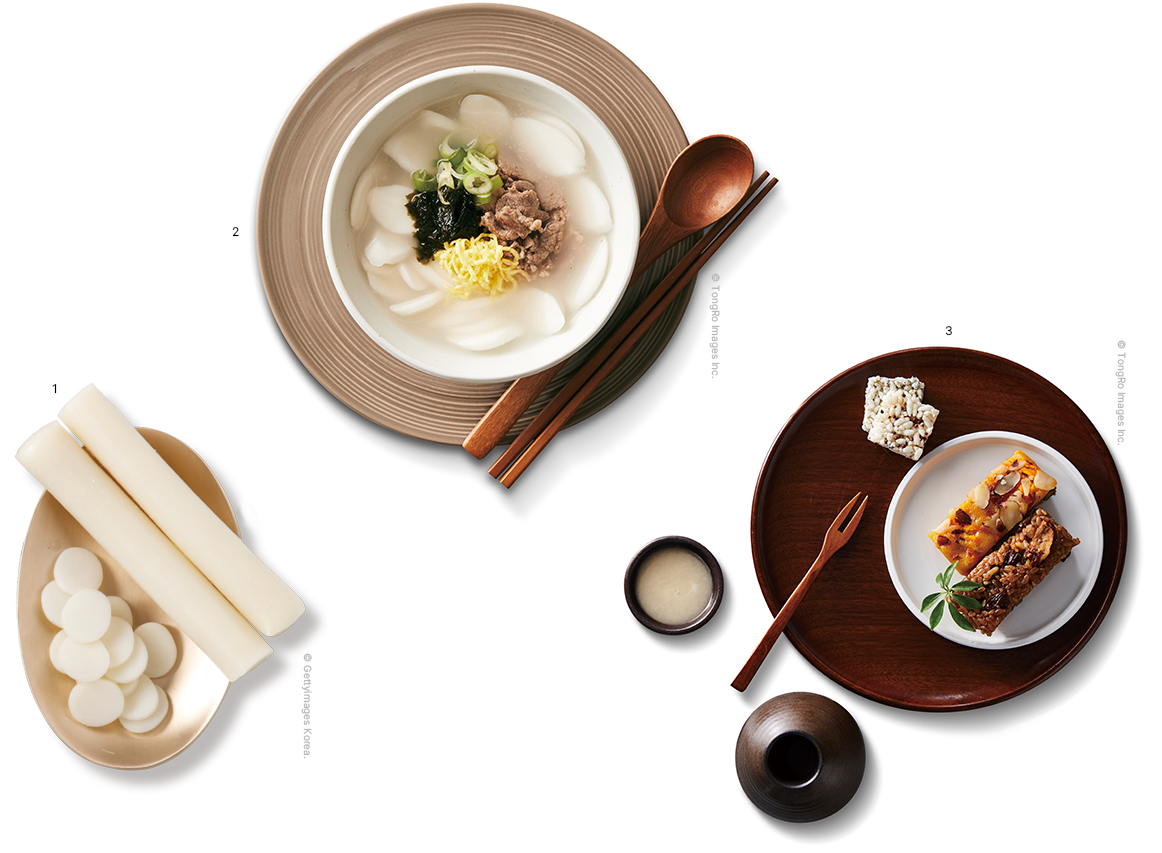 1. Garaetteok (rice cake stick) is made by grinding and steaming rice, then shaping it into long strips with a chewy texture.
1. Garaetteok (rice cake stick) is made by grinding and steaming rice, then shaping it into long strips with a chewy texture.
2. Tteokguk (sliced rice cake soup) made with rice cakes
3. Yaksik (sweet rice with nuts and jujubes), a snack made by mixing rice with chestnuts, jujubes and other ingredients
250 g sweet rice flour, 250 ml hot water, 1/2 tsp salt, 2 Tbsp sugar, 150 g soybean powder
